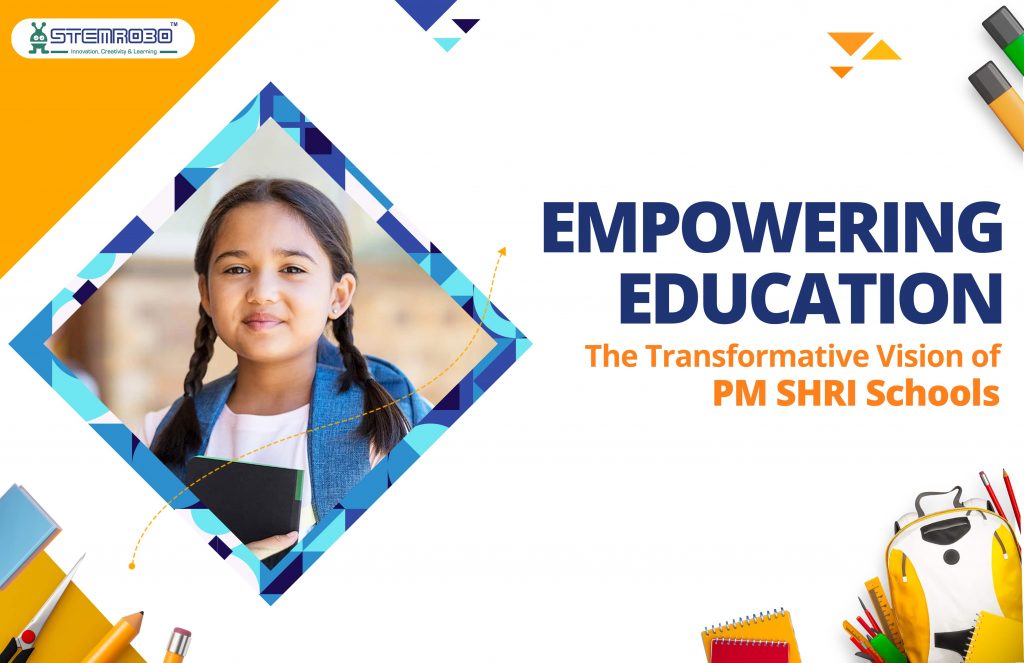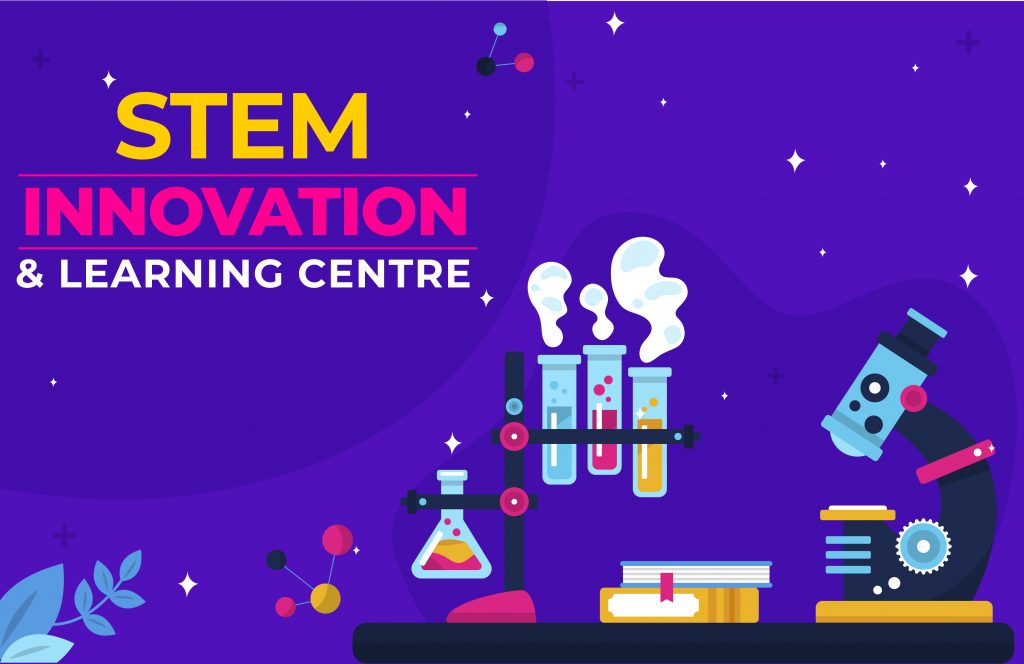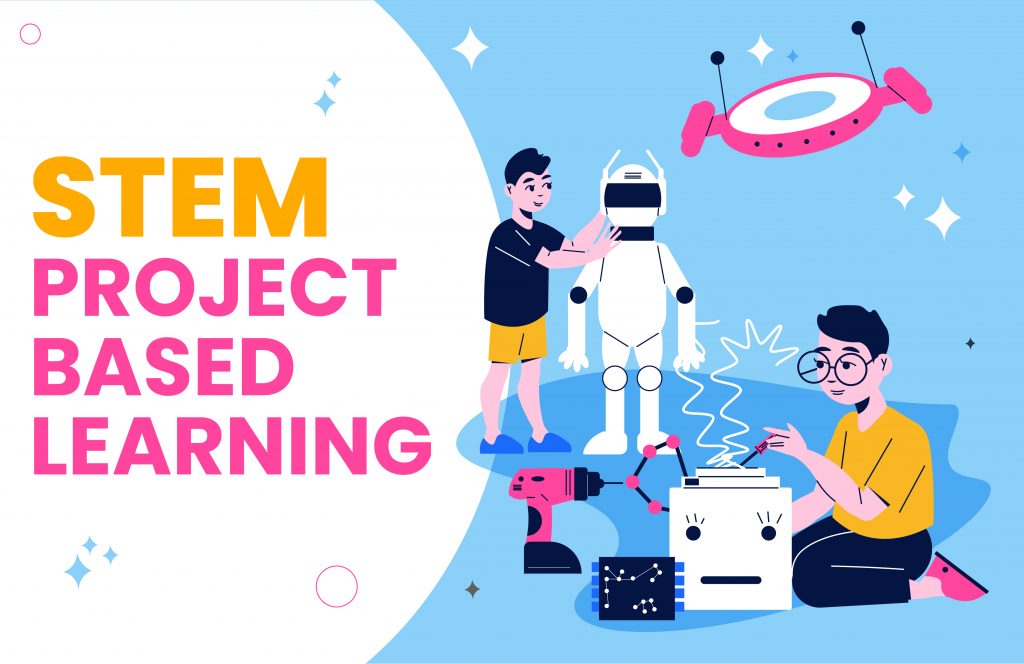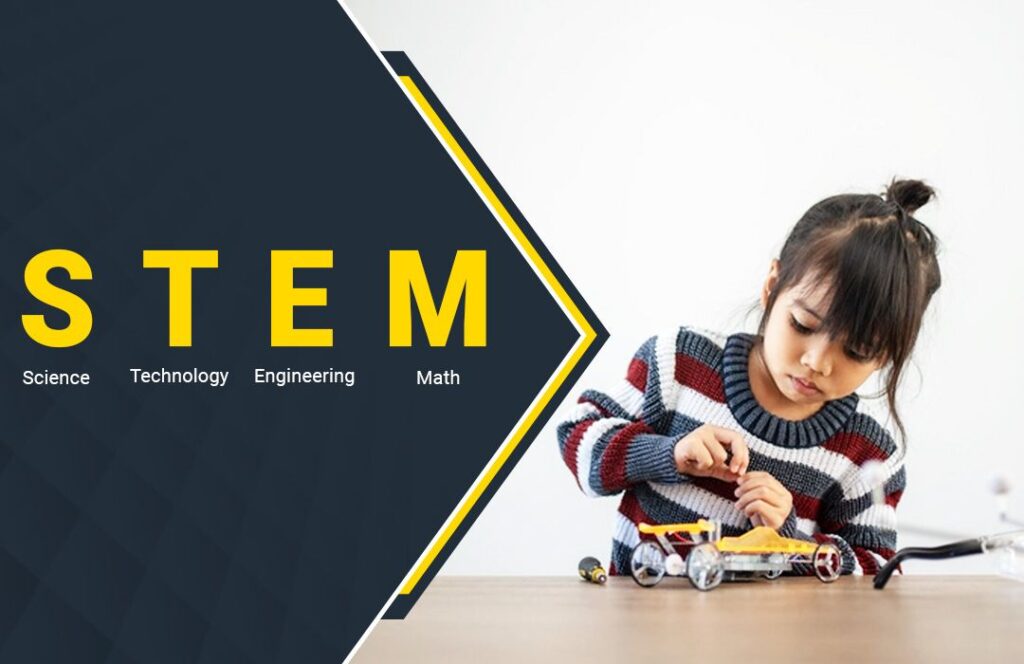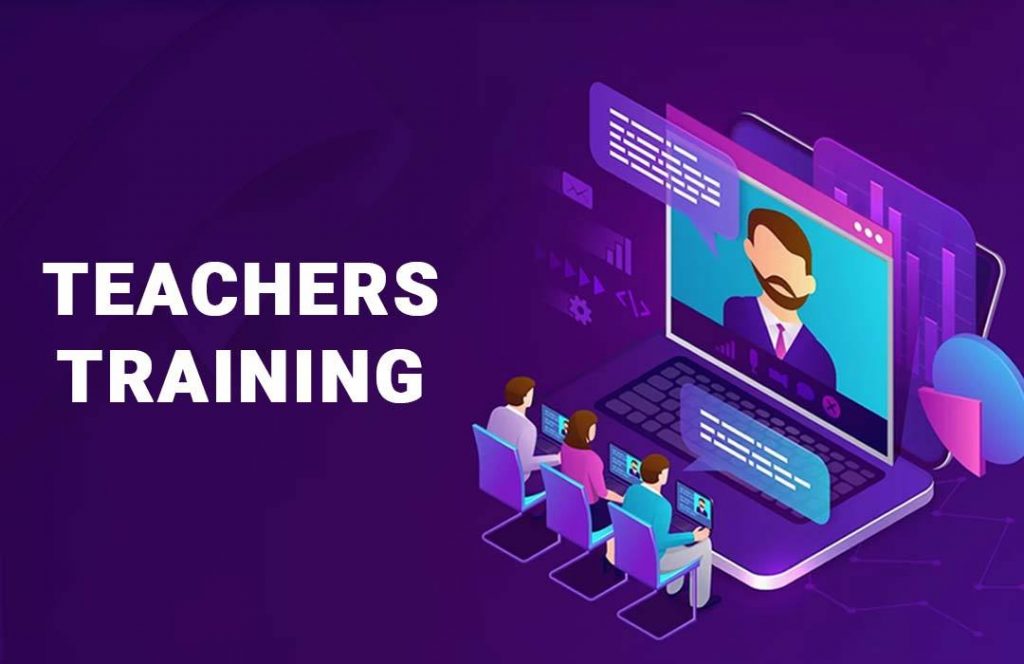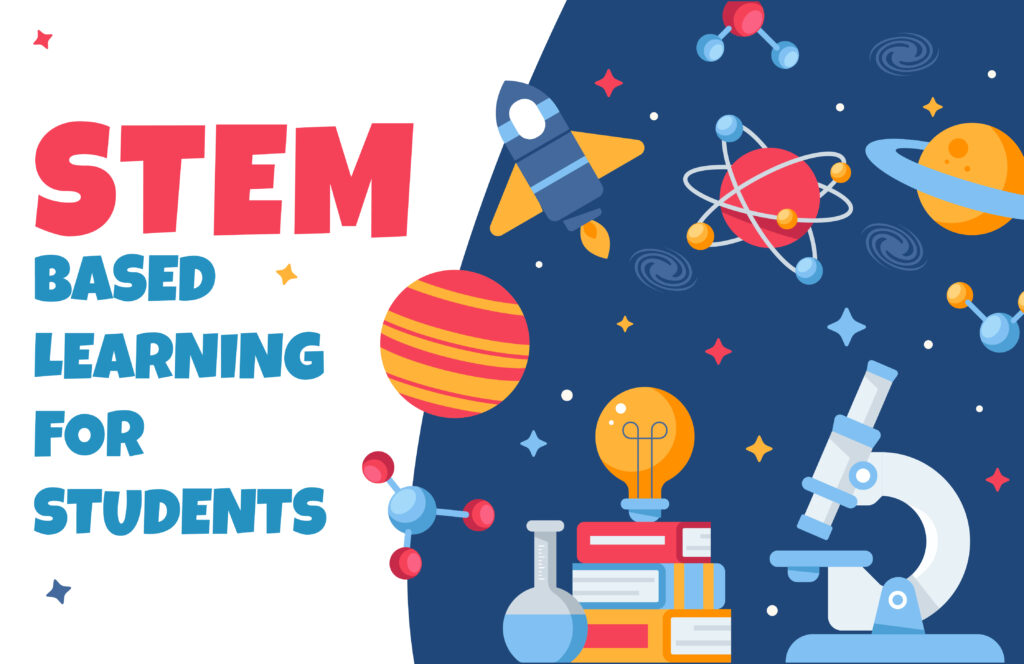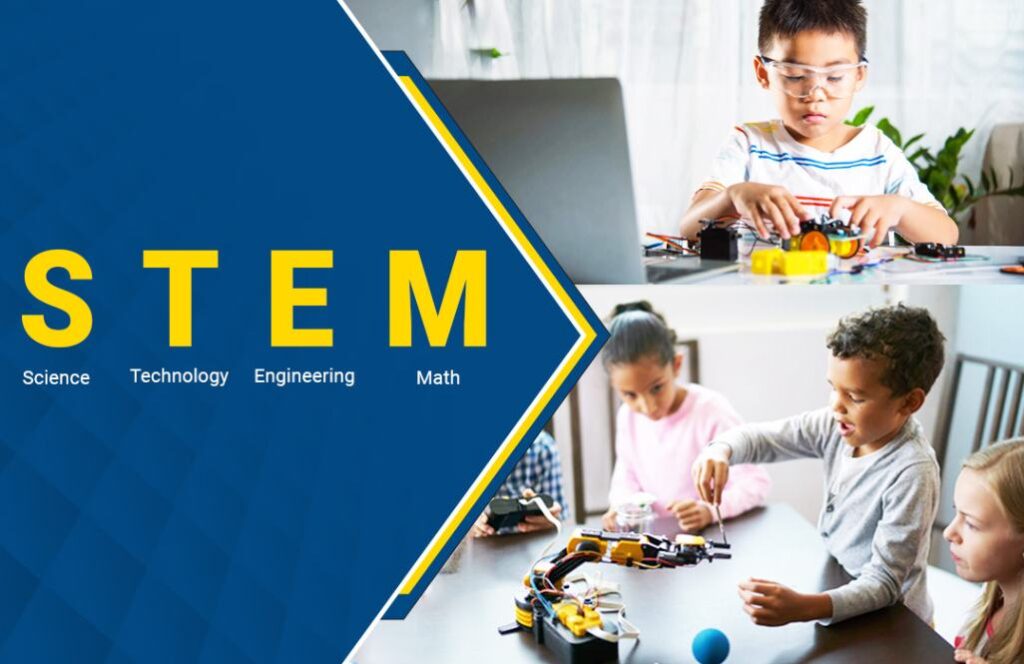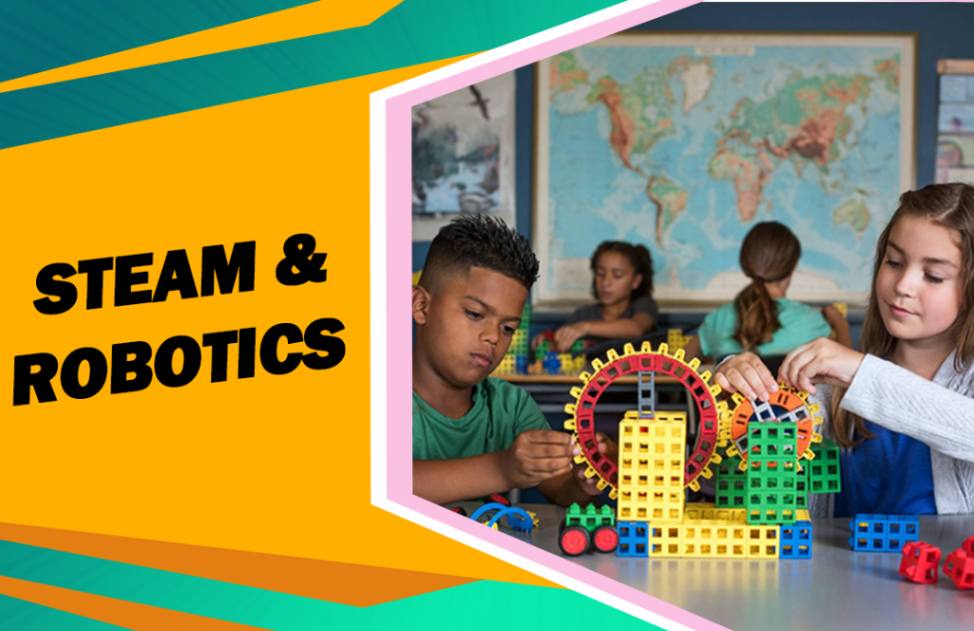Empowering Education: The Transformative Vision of PM SHRI Schools
In the changing education landscape of India, the PM SHRI School Scheme showers bright light and act as a symbol of progress and innovation. Prime Minister Narendra Modi, led an amazing initiative. The goal of this initiative is to develop and innovate approximately 14,500 schools across the country. These schools, known as Pradhan Mantri Schools for Rising India (PM SHRI), are all dedicated to enhancing the spirit of the National Education Policy (NEP) 2020 and bridging the gap between traditional education and new technological education. This great and innovative initiative will be benefitting approx 2 Million students making a very big impact on the future of modern education in India and will lead a democratic country like India. Comprehensive STEAM Education One of the major agendas of PM Shri school is the focus on comprehensive STEAM curriculum and hands-on learning. This type of approach makes sure that students are not just consumers of technology, instead they are innovators and creators of technology. PM Shri Schools is an initiative that aims to integrate STEAM disciplines like Robotics, Artificial Intelligence, Machine learning and prepare students for the challenges and advancements of 21st century world. The schools that will be part of PM Shri Yojna will be equipped with Robotics lab equipment for PM Shri schools, AI Lab equipment for PM Shri schools, and also other lab equipment required according to PM Shri guidelines, engaging students in hands-on learning approach and promote creativity, critical thinking, problem-solving skills in students required to succeed in 21st Century. This comprehensive learning model and pedagogy prepares students and promotes innovation and creativity and will make students ready for future technological world. Technology-Driven Learning In this new era of technological advancements, when students get exposed to new STEAM education and hands-on learning, that is very crucial for students academic growth and their success in new technological world. In this new era of digitalization, technology integration with academics is very important for effective learning. This new scheme introduced by the government of India is embracing technology by incorporating Learning Management System and Smart Class Technologies for students of 21st century. This modern tools provided by education technology companies like STEMROBO provide inclusive and flexible learning experience for students, through these software’s, students can learn from anytime and anywhere. Not only flexible learning experience for students, these softwares also help teachers and school administration to follow smooth examination process, attendance management system, and tracking students progress. School academics integration with technology ensures the transformation of traditional classroom into new modern classrooms making the education more interactive and accessible. These technological software can bridge the gap between old traditional education methods and new modern teaching techniques which will allow students to thrive in the rapidly changing technological world. Tailored Learning Approaches This digital age has made educational institution and educational boards realize that every student is unique in there own way. PM SHRI Schools are paving a way for education where each student is getting tailored learning approach and all the individual learning patterns are catered. Psychometric tests are conducted on each student to understand their strength and weakness in academics and understand their area of improvement. This approach is a data driven approach which help teachers and principals to provide personalized learning and support students wherever they require guidance. By focusing on each student growth and development, PM SHRI Schools is creating an environment where all students have full potential to reach new heights. These personalized learning approaches does not only enhance academic performances of students but also increase their confidence and motivate them for the academics making learning more interesting and rewarding. Teacher Training for New Age Skills An important component of the PM SHRI School Program is professional development of teachers. STEMROBO, a key partner in this initiative, offers comprehensive training for teachers in STEM, Robotics, AI and ML. This training equips teachers with the skills they need to effectively deliver 21st century education. As a trainer for PM SHRI schools, STEMROBO ensures teachers are well equipped to guide students through challenging, technology-driven learning experiences. This commitment to teacher education helps develop a competent teaching staff that can foster innovation and creativity in the classroom. Well-trained teachers are critical to the success of PM SHRI schools, as they encourage and guide students to reach their full potential. STEM Innovation Engineers Nationwide STEMROBO deploys STEM Innovation Engineers across India to support implementation of advanced educational technologies. These dedicated staff will provide on-site support for PM SHRI schools, and ensure the continued delivery of high-quality education. Working closely with students and teachers, STEM Innovation Engineers play a critical role in integrating 21st century skills into the curriculum. Their expertise and dedication help create a challenging, technology-driven learning environment that empowers students to excel. The presence of these technicians ensures that PM SHRI schools can continue to innovate and improve while keeping pace with the latest developments in educational technology. Cutting-Edge Lab Equipment for PM SHRI Schools One of the major features of PM SHRI schools is their state-of-the-art laboratories. Each school has Robotics Lab Equipment for PM SHRI Schools, allowing students to explore the exciting world of robotics through hands-on activities and experiments. Additionally, the addition of AI lab equipment for PM SHRI schools ensures that students have access to the latest tools and technologies in artificial intelligence. This comprehensive set of lab equipment allows PM SHRI schools to support a wide range of science and engineering learning activities, making science and engineering accessible and enjoyable for students A well-equipped lab not only enhances the learning experience but also science, technology, engineering, math ( STEM) and prepare students for future careers in the fields. These advanced laboratories help convert theoretical knowledge into practical skills, providing a deeper understanding of complex concepts. This PM Shri school initiative showcase a completely different and innovative vision of 21st century education in India. By incorporating STEAM education (STEM Lab equipment’s for PM Shri), Lab Equipment’s for PM SHRI (Robotics Lab Equipment for PM
Empowering Education: The Transformative Vision of PM SHRI Schools Read More »

